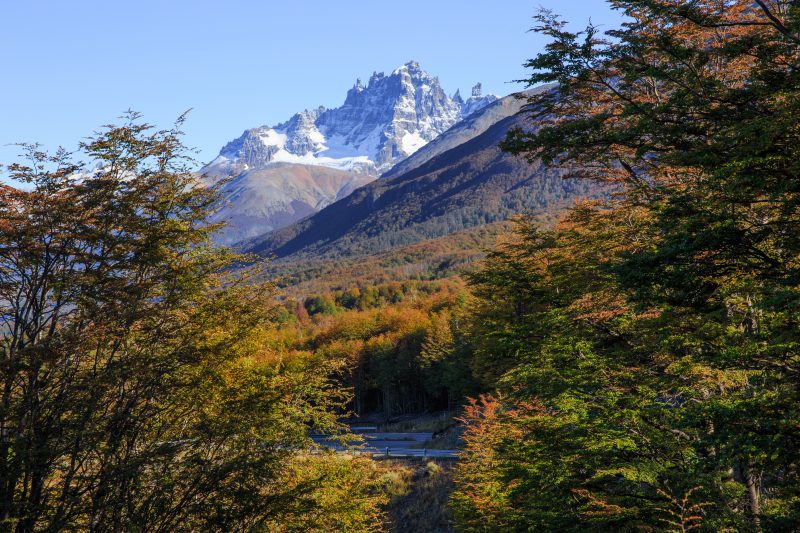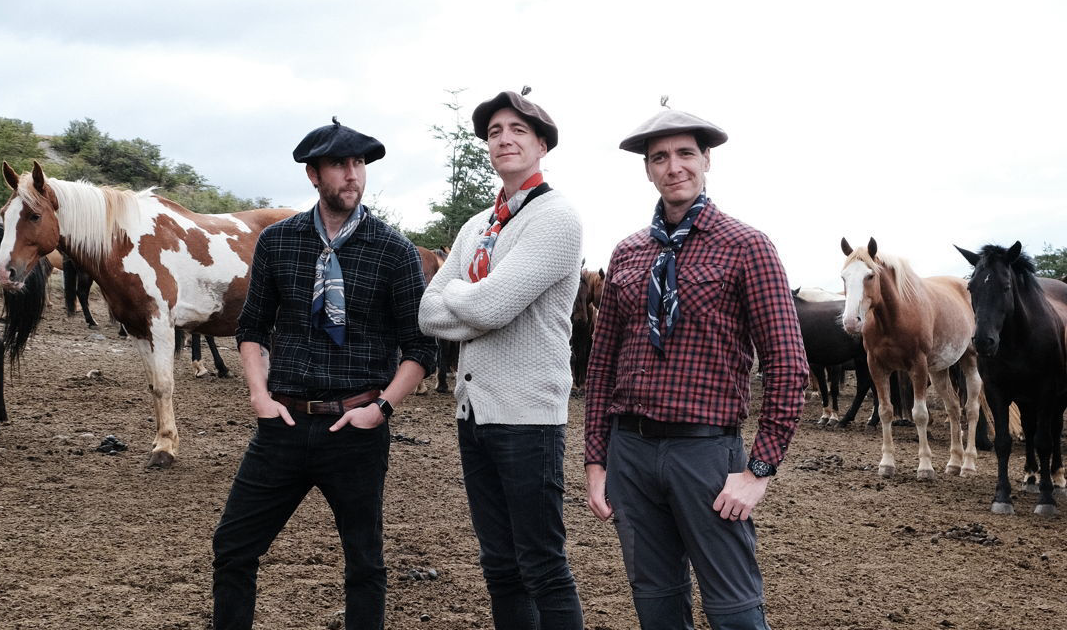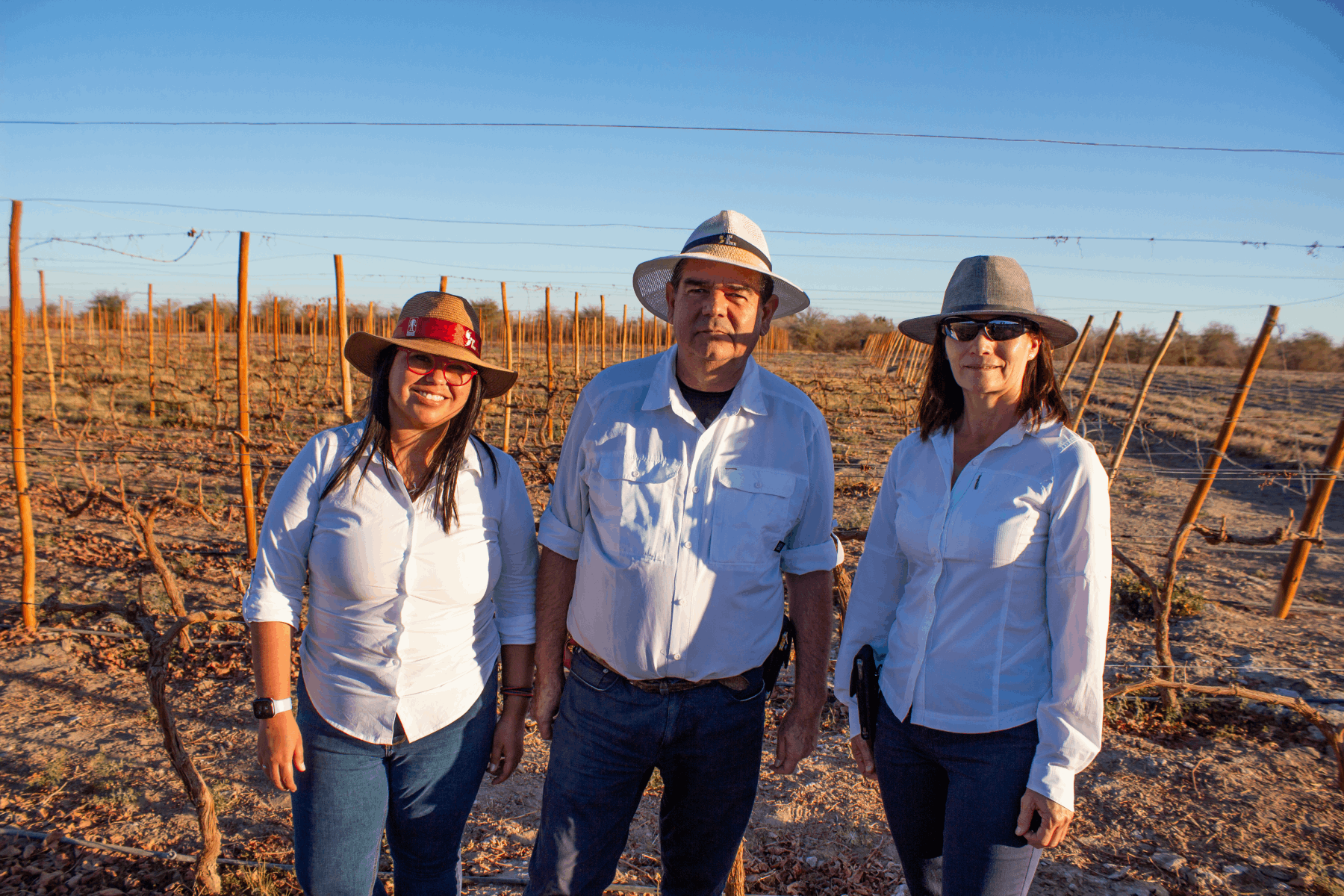
The Vicente Pérez Rosales Park in the Los Lagos Region and the Cerro Castillo Park in the Aysén Region will be part of the IUCN’s Green List of Protected and Conserved Areas, which is synonymous of global standard for governance, design and planning of protected areas to achieve successful conservation results.
The initiative, a pioneer both in Chile and in the Southern Cone, was formalized during a meeting with IUCN representatives and the participation of The Pew Charitable Trusts and the Austral Patagonia Program of the Austral University of Chile, key partners of the process execution along with the National Forestry Corporation (Conaf in Spanish).
The purpose of this tool is to improve the management of protected areas to achieve effective results in the conservation of nature to boost tourism of the future focused on the conservation of protected territories and areas.
What does it mean to be part of the list? Sernatur’s National Director, Andrea Wolleter, explains that “being part of this prestigious list means that we are working with rigor and professionalism managing protected areas, complying with objective and transparent criteria, and standards. We are enormously proud of this, as two of our national parks are recognized by this international nature conservation initiative and, on the other hand, it reinforces our country’s commitment and leadership in conservation and protected areas”.
Another relevant point of this initiative is that it also focuses on assisting national governments and conservation-related organizations, thus meeting global goals for the preservation of nature. An example of this is the Aichi Targets, specifically the one that refers to the conservation of 10% of land and continental waters areas and at least 17% of marine and coastal areas through protected area systems.
Lastly and in general figures, from 2017 to the present, six national parks have been created, adding almost 3.8 million hectares to the National Service of Protected Areas (SNASPE in Spanish). Additionally, over 40% of the sea and more than 21% of the land belonging to our country are part of some conservation version, which positions Chile as a relevant actor in the matter thus showing substantial progress in the fulfillment of the international goals of the Convention on Biological Diversity (CBD) – Aichi.













